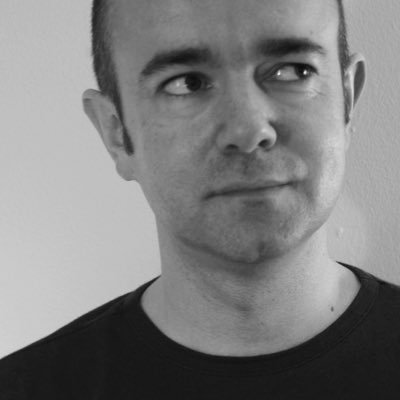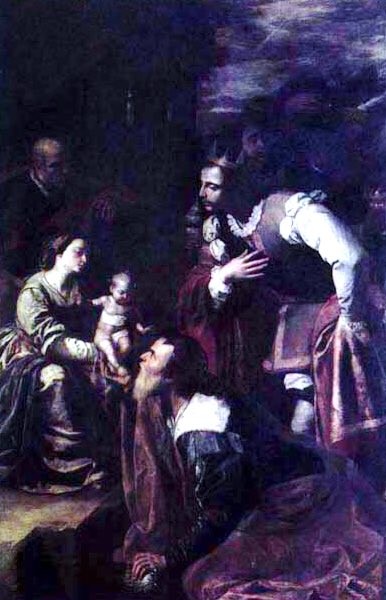In Florence the painter was her own woman, she had a child with her husband as well as an affair which her husband accepted. However she fell out with the latter over spending her money & she moved to Rome in 1621. Allegory of Painting (nd), Bathsheba (1650) & Adoration (1636)
Artemisia painted for both Charles I of England & the Medici. Her reputation as a painter was of the highest order & her support by the rulers of Florence indicated her importance in Italy. Lot & His Daughters (1635) & The Birth of St John the Baptist (1635)
The Gentileschis won the trial, but with the reputation of the daughter besmirched in public eyes. Artemisia’s father quickly married her off to a minor artist from Florence - to which the pair moved. Judith (1623), Aurora (1625-7) & Venus & Cupid (c1625-7)
Artemisia was born in Rome & her father was the great painter Orazio. He originally hailed from Tuscany & was a disciple of Caravaggio’s. Artemisia would also have the same style, having been taught by her father. Madonna (1609)
Holbein died in 1543. His was a brief life but his art informed our image of royalty & Tudor Court. His drawings are some of the finest & his paintings fascinating. Henry Wyatt (1537), Frances de Vere (c1535), Portrait of a Lady (c1540) & Wm Reskimer (c1532)
That Anne was not the trophy wife that Henry expected was not blamed on Holbein. However the king did blame Holbein’s main champion, Cromwell & executed him. Duke Anton the Good of Lorraine (c1543), Prince Edward (1543), Henry VIII (1543) & Henry (nd)
Holbein painted Henry’s heir, Edward, in 1538. He had to depict a toddler with the dignity, majesty & spirituality of a future anointed king. He made a good fist of this impossible task. Edward (1538 & c1541), Sir Richard Southwell (1536) & Thomas Howard (1539-40)
Holbein was back in Basel in 1528-32. English commissions allowed him buy two houses. He painted his wife & children (c1528). Religious disturbance led to his return to London. George Nevill (c1532), Lady Elyot (1532-3) & Sir Nicholas Carew (c1532)
Books were booming at this time & causing a revolution in learning & information (a more dramatic & transformative version of our digital revolution). He illustrated the Dance of Death, the Icones & the title page of Luther’s bible. Young Woman (1522) & Bible Frontispiece (c1523)
Holbein created a busy workshop, married & fathered a son. He also joined the Painters’ Guild - a sign of independence. He moved in intellectual circles. Portrait of the Artist’s wife (c1520), Portrait of a Man (c1518-20) & Sir Thomas Wyatt (c1521)
































